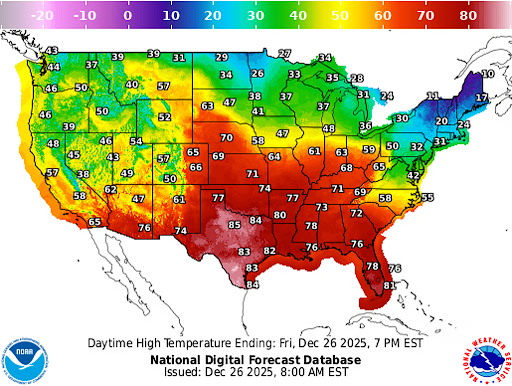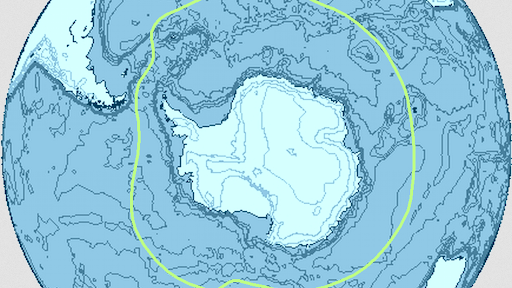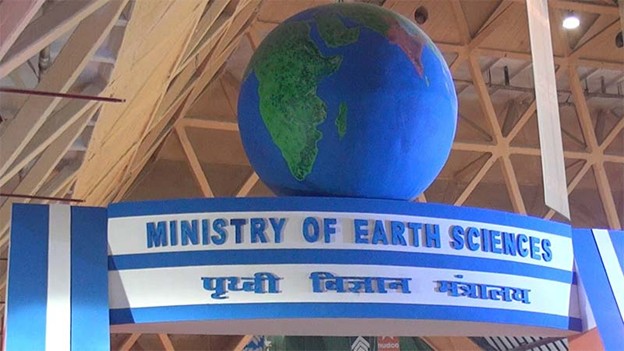Description

Disclaimer: Copyright infringement not intended.
Context:
Ozone pollution slows tropical forest growth by halting carbon absorption.
Tropical Forests
- Tropical forests are forested ecoregions with tropical climates that is, land areas approximately bounded by the tropics of Cancer and Capricorn.
- This includes a very diverse array of forests, including moist or rain forests, mangroves, montane forests, dry forests and wooded savanna systems.
Distribution and Climate
- Tropical forests stretch through 50 countries around the equator between the Tropic of Cancer and the Tropic of Capricorn.
- Two-thirds of these forests, 5 billion acres, receive 4 to 10 m (13.2-33 ft.) of rain a year and average 26.6°C (80°F) at the forest floor. These are the true rain forests.
- Further away from the equator, semi-deciduous forests receive less rain, only 1 to 4 m (3.3-13.2 ft.).
- Many trees loose their leaves during the drier seasons.
- Because these seasonal forests are more open to sunlight part of the year, the understories have denser plant growth.
- According to Food and Agricultural Organization there were 1803 million ha of tropical forest in 2000, 49% in tropical America, 34% in tropical Africa and 16% in tropical Asia.
Significance
- Biodiversity: Tropical forests cover just 6% of the planet’s land surface but are some of the richest, most biodiverse places on Earth.
-
- Tropical forests have a net primary productivity of 2–3 kg m-2 y-1 or higher.
- 80% of the world’s documented species live in tropical rainforests
- Climate regulation/Earth’s Heat budget: They act as natural sponges that absorb heat and regulate precipitation, which is crucial for the balance of the environment.
-
- Studies estimate that tropical forests alone are responsible for holding back more than 1 degree C of atmospheric warming.
- 75% of that is due simply to the amount of carbon they store.
- The other 25% comes from the cooling effects of shading, pumping water into the atmosphere and creating clouds, and disrupting airflow.
- Soil conservation: They regulate water flow and prevent flooding and erosion.
-
- Due to the hot and humid climate, rainforest soil is rich in different types of fungi, bacteria, and microorganisms that help break down dead plants and animals.
- This process, called decomposition, enriches the soil and helps with new growth.
- Water regulation/water cycle: These tropical forests are a significant part of global water cycle as they release released abundant moisture into the atmosphere.
- Medicinal plants: 70% of plants with anti-cancer characteristics are found solely in rainforests. Some rainforest plants are responsible for 25% of drugs currently used in Western medicine, such as quinine, novocaine, tubocurarine, vincristine and cortisone.
- Timber and non-timber forest products: Humans use at least 40,000 species of plants and animals daily for food, shelter, clothing, and medicinal needs. A significant part of these products either originated from or are grown in these tropical forests.
Threat to the forests
- The growth of populations in countries with rainforests.
- An increase in worldwide demand for tropical hardwoods has put a greater strain on the rainforests.
- Cattle Grazing in South America.
- Soya plantations in South America.
- Palm oil plantations in Indonesia.
- Mining.
- Logging interests cut down rainforest trees for timber used in flooring, furniture, and other items.
- The paper industry turns huge tracts of rainforest trees into pulp.
- Hydroelectric dams in South America.
Conservation efforts
- Indigenous Communities: Indigenous communities play an invaluable role as guardians of tropical rainforests across the Americas, Africa, and Asia-Pacific.
- Community forest patrols monitor and defend territories against illegal logging, mining, poaching, and land grabbing.
- Conservation Organizations: International NGOs like the World Wildlife Fund, the Rainforest Alliance, and so on work with local organizations to advance science-backed conservation in endangered rainforests.
- Governments: Government-led interventions like Brazil’s efforts to combat illegal logging have achieved substantial reductions in Amazon deforestation over the past fifteen years when adequately funded and supported by leadership.
- Protected Areas: Eco-certification drives best practices for timber concessionaires while financing reforestation.
- Agroforestry training helps smallholder farmers increase yields, income, and food security while maintaining forest cover through shade-grown cocoa, coffee, and tea cultivation.
Read about Ozone Pollution: https://www.iasgyan.in/daily-current-affairs/ozone-pollution-in-delhi
Read about Ozone: https://www.iasgyan.in/daily-current-affairs/ozone
Source:
https://fundtheplanet.net/rainforest-conservation/the-battle-to-save-tropical-rainforests-conservation-efforts-and-progress-made/#:~:text=What%20are%20the%20conservation%20efforts,%2C%20and%20community%2Dbased%20conservation.
https://www.green.earth/blog/why-are-tropical-rainforests-important
https://en.wikipedia.org/wiki/Tropical_forest

|
PRACTICE QUESTION
Q.Examine the significance of tropical forests as biodiversity hotspots and carbon reservoirs. Discuss the threats faced by these vital ecosystems. 150 words.
|










